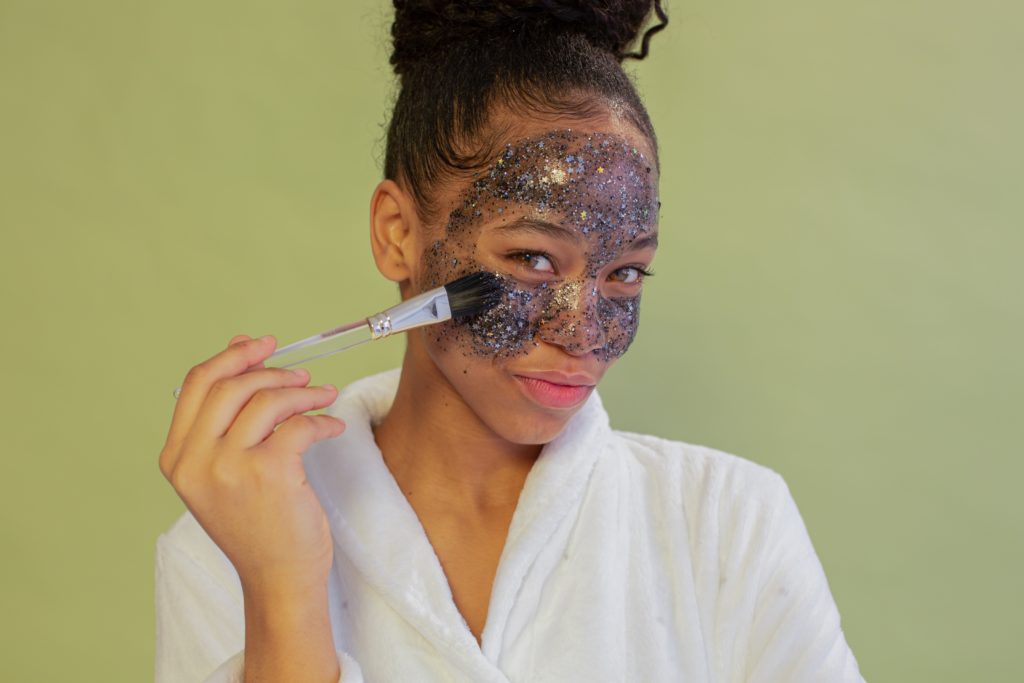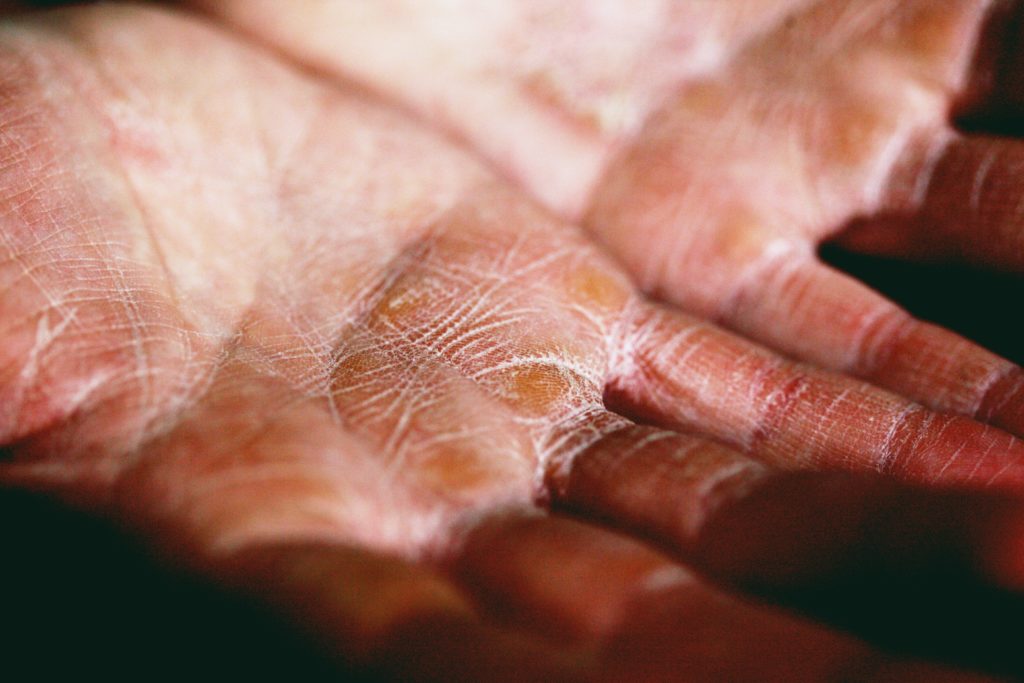Waxing at home is a popular hair removal method, providing an affordable and convenient way to get rid of unwanted hair. However, waxing at home is not without its challenges, and there are common mistakes that rookies make that can lead to pain, discomfort, and even skin damage.
In this article, we will discuss seven common waxing at-home mistakes and provide tips on how to avoid them.
Mistake #1: Not Preparing the Skin
One common mistake that rookies make when waxing at home is not preparing the skin properly. Proper skin preparation is essential for a smooth and effective waxing experience.
Exfoliating and cleansing the skin beforehand helps to remove dead skin cells and dirt, allowing the wax to adhere better to the hair and not the skin.
To prepare the skin properly, it is recommended to exfoliate with a gentle scrub or brush, cleanse with a mild soap or cleanser, and ensure the skin is completely dry before applying wax.
Mistake #2: Using the Wrong Wax
Another common mistake rookies make when waxing at home is using the wrong wax. Using the wrong wax can lead to pain, discomfort, and skin damage. There are several types of waxes available for hair removal, including hard wax, soft wax, and sugar wax.
It is important to choose the right wax based on your skin type. For sensitive skin, it is recommended to use a wax that is specifically formulated for sensitive skin types. For dry skin, use a moisturizing wax that contains nourishing ingredients such as aloe vera gel or chamomile.
For normal skin, any type of wax can be used, but hard wax is often recommended. Combination skin can benefit from a wax that is formulated for all skin types, while oily skin should use a wax that is designed for oily skin to absorb excess oil.
Mistake #3: Applying Wax Incorrectly
Improper application of wax is another common mistake rookies make when waxing at home. Improper application can lead to pain and discomfort, and can also result in incomplete hair removal.
When applying wax, it is important to apply it in the direction of hair growth, using enough wax to cover the area but not too much that it becomes too thick. It is also important to apply the wax in small sections and to use a spatula to spread the wax evenly.
Mistake #4: Removing Wax Incorrectly
Removing wax incorrectly is another common mistake rookies make when waxing at home. Incorrect removal can lead to pain, discomfort, and skin damage.
When removing wax, it is important to hold the skin taut with one hand while removing the wax with the other hand in the opposite direction of hair growth.
It is also important to remove the wax quickly and smoothly, as pulling too slowly or unevenly can lead to pain and incomplete hair removal.
Mistake #5: Waxing Over the Same Area Multiple Times
Waxing over the same area multiple times is another common mistake rookies make when waxing at home. This can lead to skin damage, as waxing the same area repeatedly can cause irritation and inflammation.
It is important to only wax each area once, and if any hair is left behind, use tweezers to remove it.
Mistake #6: Not Moisturizing After Waxing
Not moisturizing after waxing is another common mistake rookies make when waxing at home. After waxing, the skin may be dry and irritated, and moisturizing can help to soothe and hydrate the skin.
It is recommended to use a moisturizer that is specifically formulated for post-waxing, as it will help to calm and protect the skin.
Mistake #7: Waxing Too Often
Waxing too often is another common mistake rookies make when waxing at home. Waxing too often can lead to skin damage, as it can cause irritation, inflammation, and even burns.
It is important to give the skin time to heal between waxing sessions, and to wait until the hair has grown back to a sufficient length before waxing again. Depending on the individual’s hair growth cycle, this can take anywhere from two to six weeks.
Conclusion
Waxing at home can be a great way to remove unwanted hair, but it is important to avoid common mistakes that can lead to pain, discomfort, and skin damage. By properly preparing the skin, using the right wax, applying and removing the wax correctly, not waxing over the same area multiple times, moisturizing after waxing, and avoiding waxing too often, rookies can enjoy a smooth and effective waxing experience at home.
FAQs
1. Is it better to use hard wax or soft wax for at-home waxing?
It depends on your skin type and the area being waxed. Hard wax is generally better for sensitive areas such as the bikini area and underarms, while soft wax is better for larger areas such as the legs and arms.
2. How often should I wax at home?
It is recommended to wait at least two to six weeks between waxing sessions, depending on your hair growth cycle. Waxing too often can lead to skin damage.
3. Can I wax if I have sensitive skin?
Yes, you can still wax if you have sensitive skin. It is recommended to use a wax that is specifically formulated for sensitive skin types and to do a patch test first to make sure you don’t have an adverse reaction.
4. What should I do if I experience pain or discomfort during waxing?
If you experience pain or discomfort during waxing, stop immediately and remove the wax. You can apply a cold compress or aloe vera gel to soothe the skin.
5. Is it necessary to exfoliate before waxing?
Yes, it is necessary to exfoliate before waxing to remove dead skin cells and dirt, allowing the wax to adhere better to the hair and not the skin. Use a gentle scrub or brush and make sure the skin is completely dry before applying wax.



